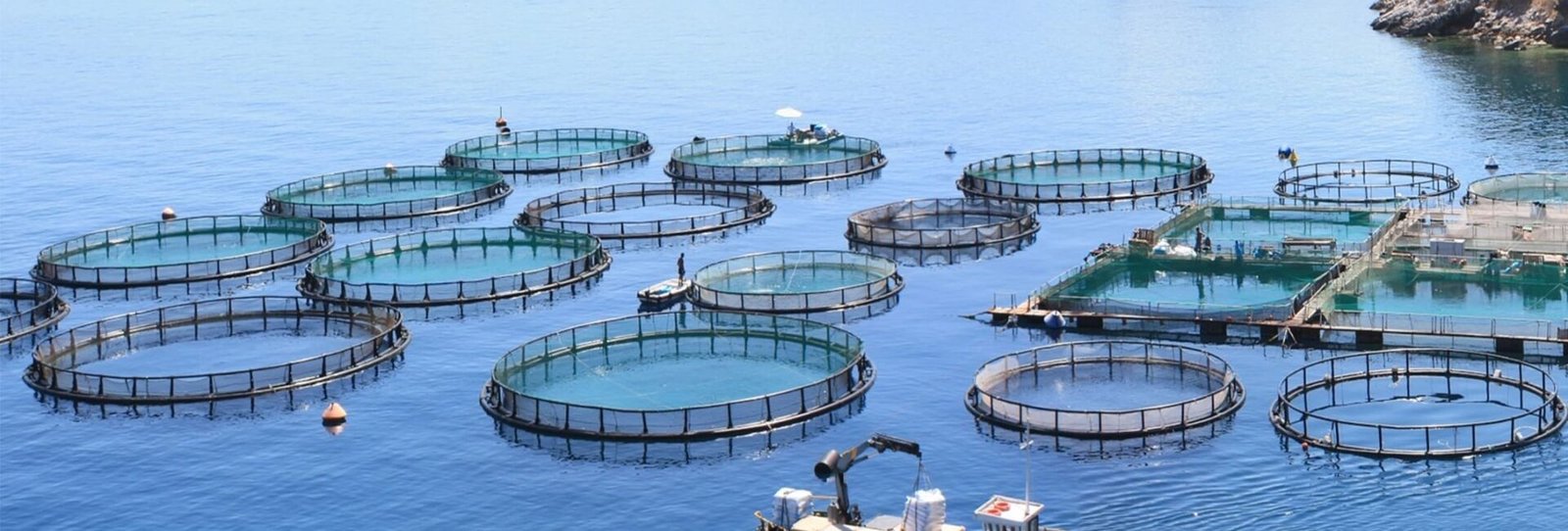
Oceans have always been a source of life, providing food, livelihoods, and a home to countless species. Yet, overfishing, pollution, and climate change are putting marine ecosystems under immense pressure. One promising solution lies in Sustainable Aquaculture—a responsible method of farming seafood that works with nature rather than against it. Unlike traditional fishing practices that deplete wild stocks, sustainable aquaculture focuses on producing fish, shellfish, and seaweed in ways that protect biodiversity, improve water quality, and maintain ecological balance.
This approach is not just about producing more seafood; it’s about producing it better. From innovative feed solutions to eco-friendly farm designs, sustainable aquaculture integrates science, environmental responsibility, and economic viability. The result? Healthier oceans, thriving coastal communities, and a more secure food future.
As global demand for seafood grows, shifting towards responsible aquaculture is no longer optional—it’s essential. By adopting practices that respect marine life, reduce environmental impact, and restore habitats, we can ensure that our oceans remain vibrant and productive for generations to come. Let’s explore how this approach is transforming the way we think about seafood production and marine conservation.
What is Sustainable Aquaculture?
Sustainable aquaculture refers to the cultivation of aquatic organisms—such as fish, mollusks, crustaceans, and aquatic plants—using methods that minimize harm to the environment and support healthy marine ecosystems. Unlike industrial-scale operations that can lead to water pollution, disease outbreaks, and habitat destruction, sustainable aquaculture emphasizes balance.
These practices often include using natural feed sources, reducing reliance on wild-caught fish for feed, avoiding chemical overuse, and carefully selecting farming locations to prevent damage to sensitive habitats like mangroves and coral reefs. In many cases, aquaculture farms are integrated into the natural environment in ways that improve it—such as cultivating oysters that naturally filter and clean the water.
By focusing on responsible growth, sustainable aquaculture reduces fishing pressure on wild populations, allowing ecosystems to recover. It also ensures that farmed seafood meets high quality and safety standards, benefiting both the environment and consumers.
Protecting Marine Biodiversity
Marine biodiversity is the foundation of a healthy ocean, and sustainable aquaculture plays a direct role in preserving it. Traditional fishing often results in bycatch—the unintentional capture of non-target species—which can disrupt ecological balance. Responsible aquaculture eliminates this risk by farming only target species in controlled environments.
Additionally, sustainable farms often adopt polyculture systems, where multiple species are grown together in ways that mimic natural ecosystems. For example, seaweed farming alongside shellfish not only boosts production but also improves water quality and provides shelter for small marine life.
By easing pressure on overfished species and restoring habitats, sustainable aquaculture helps maintain the delicate balance of marine food webs. This means healthier predator-prey relationships, more resilient coral reefs, and thriving seagrass meadows—all essential for ocean health.
Improving Water Quality
One of the overlooked benefits of sustainable aquaculture is its potential to enhance water quality. Farms that cultivate filter-feeding species like mussels, clams, and oysters naturally remove excess nutrients from the water, reducing harmful algal blooms and improving oxygen levels.
Seaweed farms, in particular, act as natural carbon sinks, absorbing carbon dioxide and helping to combat ocean acidification. These processes not only support marine life but also contribute to climate change mitigation. In coastal areas where water pollution is a concern, strategically placed aquaculture operations can become vital allies in restoring balance to the ecosystem.
Supporting Local Communities
Sustainable aquaculture is not only an environmental solution but also a social and economic one. Coastal communities that depend on fishing often face uncertainty due to dwindling wild stocks. Responsible aquaculture creates stable jobs, diversifies income sources, and ensures a consistent seafood supply.
By involving local stakeholders in farm management and decision-making, these projects build a sense of ownership and responsibility. This community-driven approach fosters long-term commitment to marine conservation, making it a win-win for people and the planet.
Reducing Pressure on Wild Fish Stocks
Overfishing has pushed many marine species to the brink. Sustainable aquaculture provides an alternative source of seafood, reducing the need to harvest from wild populations. This gives overexploited species time to recover and rebuild their numbers.
In regions where fishing is a cultural tradition, aquaculture can complement wild harvests by supplying markets with farmed fish, allowing traditional fishing to be practiced at more sustainable levels. This balance is essential for ensuring the long-term health of both marine ecosystems and fishing communities.
Innovations Driving the Future
The future of sustainable aquaculture is shaped by innovation. From eco-friendly floating cages that reduce waste, to plant-based and insect-based feeds that lower dependence on wild-caught fishmeal, technology is making seafood farming cleaner and more efficient.
Monitoring systems using AI and satellite technology are helping farmers track water quality, fish health, and environmental impact in real time. These advancements ensure that aquaculture continues to evolve as a responsible and regenerative food production method.
Final Thoughts
Sustainable aquaculture is more than just a way to produce seafood—it’s a pathway to restoring and protecting our oceans. By combining environmental stewardship, community engagement, and innovation, it ensures that marine ecosystems remain healthy, resilient, and abundant. As consumers, supporting responsibly farmed seafood is one of the most impactful choices we can make for the planet’s blue heart.

